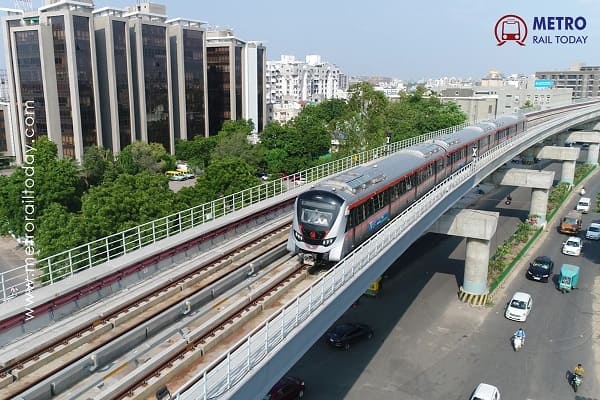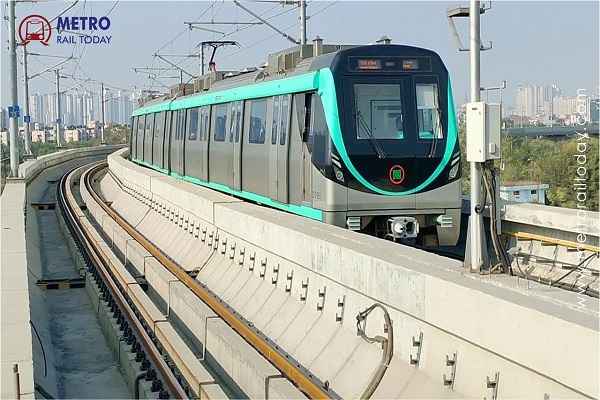 Ayesa India wins Design Consultancy Contract for Noida Metro Aqua Line Extension
Ayesa India wins Design Consultancy Contract for Noida Metro Aqua Line Extension Vossloh Cogifer bags Track Infrastructure Contract for Delhi Metro Phase 4 Corridors
Vossloh Cogifer bags Track Infrastructure Contract for Delhi Metro Phase 4 Corridors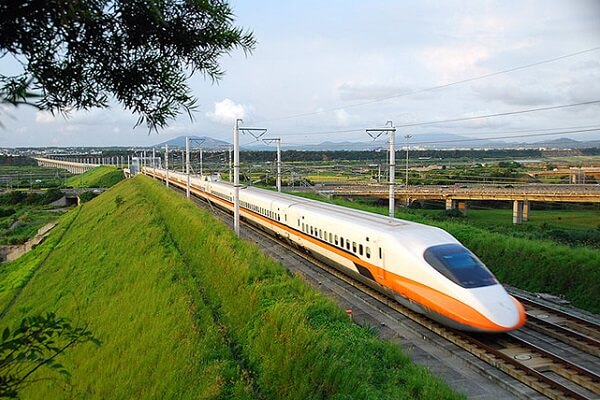 Railway finalised revised alignment for ₹16,000-crore Pune–Nashik Semi High-Speed Rail Corridor
Railway finalised revised alignment for ₹16,000-crore Pune–Nashik Semi High-Speed Rail Corridor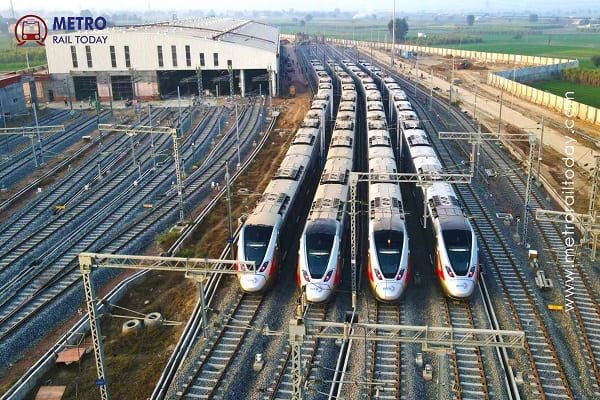 India’s First High-Speed, Signalling-Integrated CMV launched for Namo Bharat RRTS Corridor
India’s First High-Speed, Signalling-Integrated CMV launched for Namo Bharat RRTS Corridor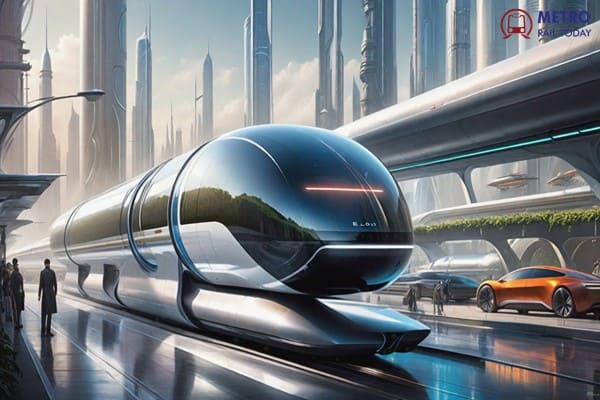 TuTr Hyperloop secures First-Ever Order from Deendayal Port Authority
TuTr Hyperloop secures First-Ever Order from Deendayal Port Authority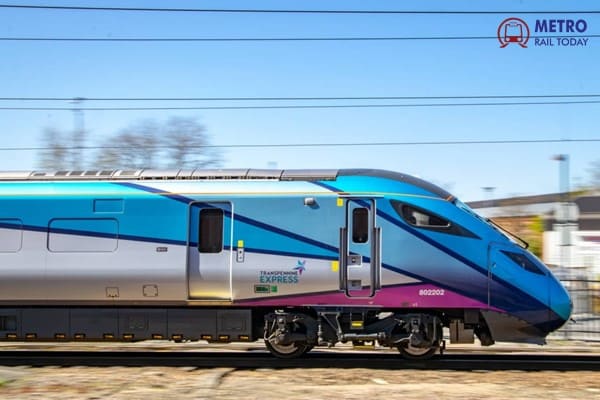 BEML bags ₹157 Crore Order from Loram Rail for Switch Rail Grinding Machines
BEML bags ₹157 Crore Order from Loram Rail for Switch Rail Grinding Machines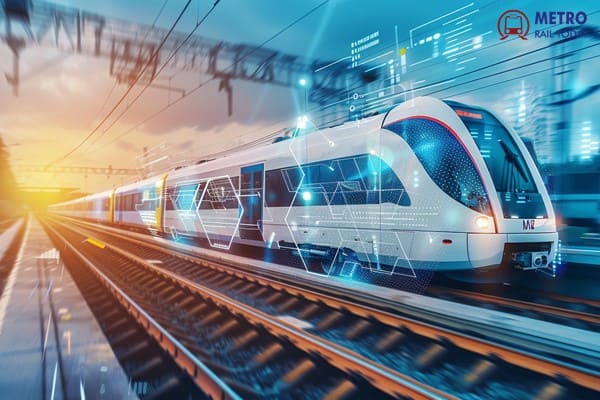 MxV Rail and KRRI forge Global Research Alliance to accelerate Next-Generation Rail Technologies
MxV Rail and KRRI forge Global Research Alliance to accelerate Next-Generation Rail Technologies Uttarakhand seeks Pre-Feasibility Study for Meerut-Haridwar-Rishikesh RRTS Corridor
Uttarakhand seeks Pre-Feasibility Study for Meerut-Haridwar-Rishikesh RRTS Corridor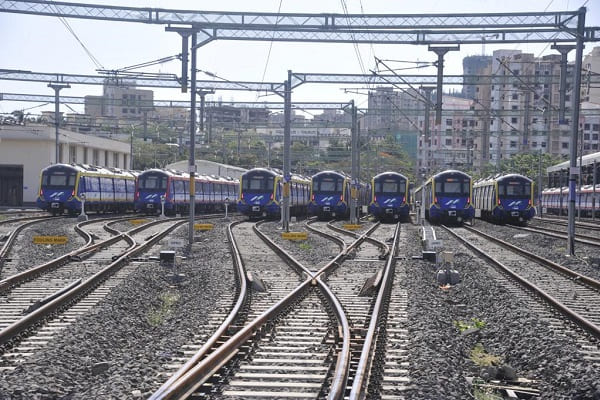 RIFTEK achieves major milestones in partnership with Indian Metro Rail Systems
RIFTEK achieves major milestones in partnership with Indian Metro Rail Systems Egypt all set to launch Alexandria Metro Phase 1 by 2026
Egypt all set to launch Alexandria Metro Phase 1 by 2026
Launch of Vande Bharat Sleeper Trains delayed as Railways flags furnishing and safety concerns
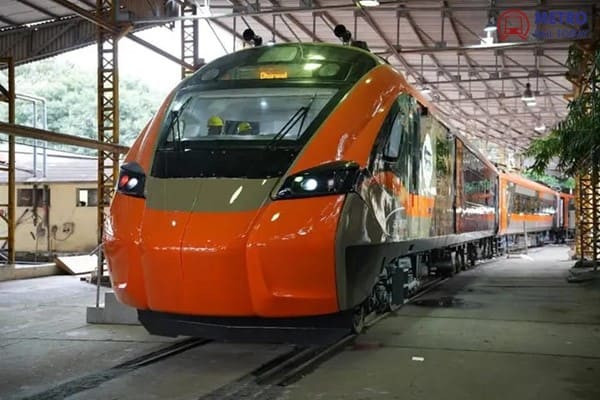
New Delhi, India (Metro Rail Today): The much-anticipated Vande Bharat Sleeper Trains, which were expected to debut in October 2025, have hit a temporary roadblock after the Ministry of Railways flagged several design and furnishing issues. While the ministry has granted in-principle approval for operations, it has directed that key deficiencies be rectified before passenger services can commence.
According to a recent circular from the Railway Board addressed to the Director General of the Research Designs and Standards Organisation (RDSO) and the General Managers of all zonal railways, several shortcomings were observed in the prototype rakes related to workmanship, furnishing, and passenger safety features.
“There are issues related to furnishing and workmanship at many places in respect of sharp edges and corners at berthing areas, window curtain handles, and pigeon pockets between berth connectors inviting cleaning issues,” the letter noted, urging corrective actions for the current rake and design improvements for future trains.
The Issues: Comfort and Safety First
Despite the Railway Ministry’s sanction, officials have emphasized that the sleeper variant must meet stringent quality and safety benchmarks before deployment. The Board’s advisory highlighted the following key areas requiring immediate attention:
-
Sharp edges and loose fittings posing potential injury risks.
-
Improper furnishing and finishing, especially around berths and window areas.
-
Fire safety and ventilation protocols, ensuring optimal temperature control considering ambient conditions and frequent door operations.
-
Kavach 4.0 train protection system installation for collision avoidance.
-
Reliable communication between loco pilot, train manager, and station master.
-
Emergency preparedness, including quick uncoupling of semi-permanent couplers within 15 minutes.
The Ministry has also directed all zones to deploy trained technical staff along the route, maintain adequate spares, and ensure passenger safety announcements in Hindi, English, and regional languages.
Sanction and Trial Process
The RDSO—which oversees the design and testing of new train technologies—submitted its updated compliance report on September 1, 2025, following observations by the Chief Commissioner of Railway Safety (CCRS).
Once CCRS approval is secured, the Railway Board grants final operational clearance. In this case, while permission has been granted in principle, the first service will only begin once all rectifications and compliance checks are complete.
Vande Bharat Sleeper Train Features
The Vande Bharat Sleeper marks the next evolution in India’s premium rail segment, offering a high-speed, long-distance alternative to Rajdhani Express trains.
Developed jointly by Indian Railways and Kinet Railway Solutions, the prototype features:
-
Operational speed: 160 kmph (Maximum: 180 kmph)
-
Design: Sleek, aerodynamic, and modern interiors
-
Classes: Sleeper, AC 2-Tier, and AC 1st Class cabins
-
Amenities:
-
Ergonomically designed berths
-
Reading lights and charging ports
-
Advanced temperature control and noise reduction
-
Smart passenger information systems
-
Improved hygiene through modular, easy-to-clean panels
-
Social media clips of the interiors have generated significant buzz, with early viewers praising the “luxury-meets-technology” design that blends comfort with contemporary aesthetics.
The Route and Rollout
While the initial routes are yet to be finalized, officials have hinted that the first Vande Bharat Sleeper service could operate on long-distance corridors such as Delhi–Mumbai, Delhi–Howrah, or Bengaluru–Chennai, depending on readiness and demand.
Railway Minister Ashwini Vaishnaw had earlier suggested an October 2025 launch, but the revised timeline is now expected to shift by a few months.
Commenting on the development, Mrs. Mamta Shah, MD & CEO of Urban Infra Group, said:
“The Vande Bharat Sleeper represents India’s bold leap into next-generation high-speed passenger mobility. While design refinements are a natural part of innovation at this scale, the Ministry’s insistence on quality and safety is commendable. Once operational, this train will redefine long-distance travel by combining speed, sustainability, and comfort — aligning perfectly with the vision of a modern, Viksit Bharat by 2047.”
The sleeper variant of the Vande Bharat trainset is a key component of Indian Railways’ broader modernization plan, aimed at replacing traditional ICF and LHB coaches with energy-efficient, lightweight aluminum trainsets.
Once launched, the Vande Bharat Sleeper will complement the existing semi-high-speed chair car models already operating across several intercity routes, further strengthening India’s position as a global leader in indigenous rail technology.






